English Electric Canberra - Survivor WT309
B(I).6 WT309 - Air Sciences Trust Museum, Farnborough
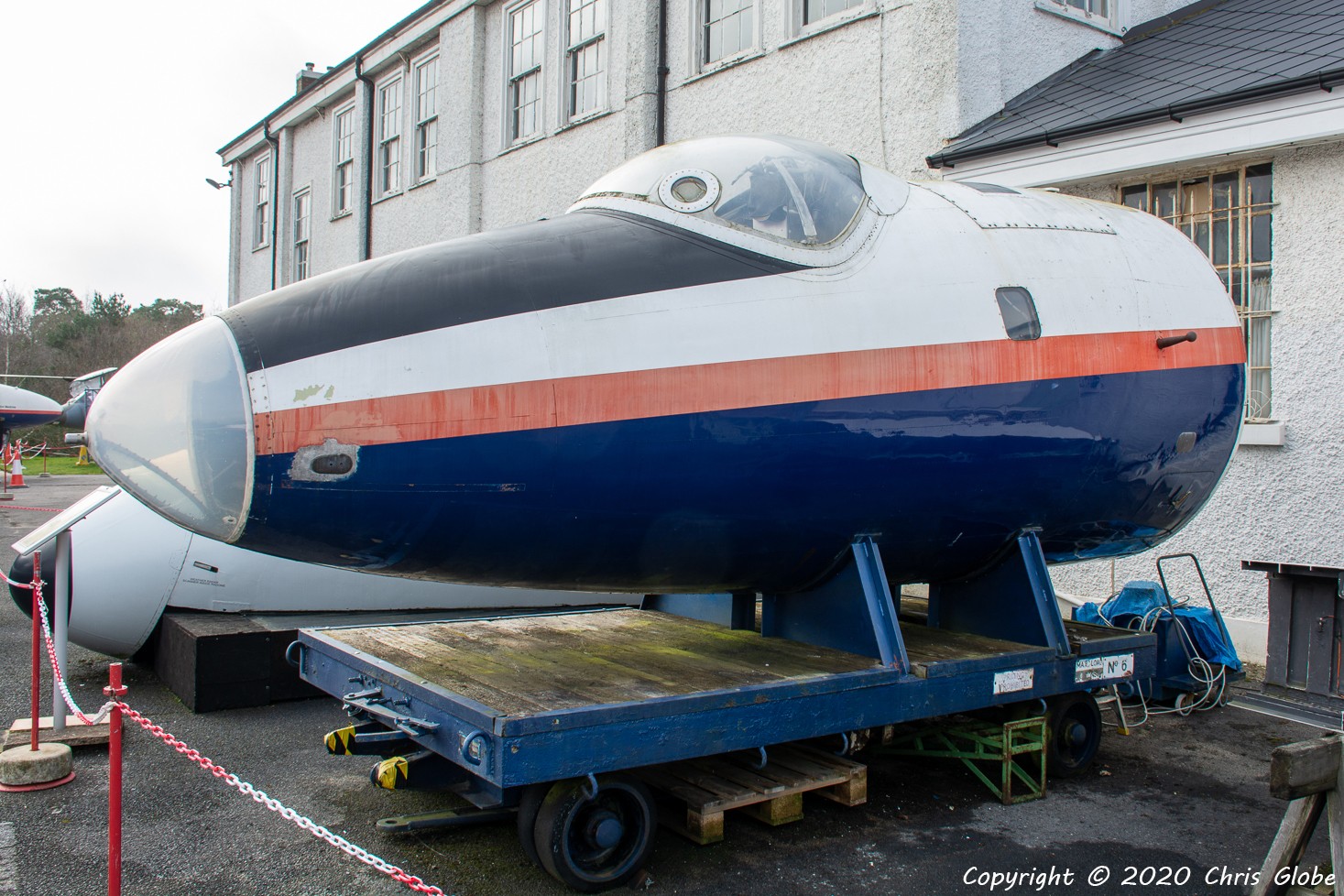 |
Canberra B(I).6 WT309 at Air Sciences Trust Museum, 7th March 2020; Chris Globe
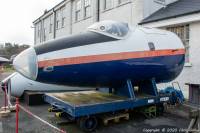
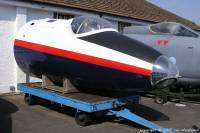
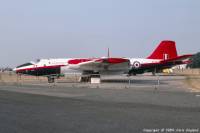
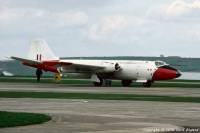
This B(I).6 was one of only 19 of that mark and was awaiting collection at EE Preston on 30 June 1955. She was taken on to RAF charge and sent to the RAF's Handling Squadron at RAF Manby for initial acceptance trials.
The B(I).6 Canberras were built as an interim Interdictor aircraft while awaiting the appearance of the B(I).8 in late 1955, the idea being to develop a Canberra that could carry out ground-attack, interdictor and bomber roles. The interdictor marks were also configured to enable them to undertake a nuclear tactical strike role during the work-up of the strategic V-Force.
These Interdictor Canberras were maintained in the role until the early 70's standing QRA and serving with the Strike Squadrons in Germany. The B(I).6 Canberras only ever served with 213 Sqn at RAFG Alhorn and then RAFG Bruggen and stayed in service with 213 Sqn even after the advent of the B(I).8 squadrons.
However, WT309 was fated not to join the other B(I).6's of 213 Sqn because, after two years with the RAF's Handling Squadron, she was moved to the Royal Aircraft Establishment Farnborough, via Marshall's at Cambridge, arriving on 11 July 1957. However, the 'official' transfer was not until 28 February 1958. The aircraft arrived with a total time of 29.5 hours flying and was allocated to Armament Flight, which later, in 1963, became Weapons Flight.
A total re-paint was carried out to an overall white and day-glo scheme, the same colours as some of the other Farnborough Canberras at that time. Subsequently she adopted the famous red, white and blue 'Raspberry Ripple' colours. The 'Raspberry Ripple' colour scheme was slightly modified for this aircraft, normally the undersides were all dark blue but the B(I).6's were painted mainly white underneath to provide better lighting conditions for the wing-tip mounted cameras. This applies to her sister Canberra WT308 as well.
WT309 operated from both Farnborough and West Freugh on various weapons trials, including bombing and fusing trials, up to the mid 1980s when she was retired at Farnborough and placed into storage. A short time later WT309 was transferred to A&AEE Boscombe Down for a further period of ground trials. At the completion of these trials, she was allocated to the Boscombe Down Apprentice Department for training purposes. After providing a useful training aid to the apprentices, WT309 was placed in open storage and subsequently struck off charge on 26 January 1998. However, the aircraft was actually scrapped between 7 and 10 January 1998.
A group of FAST members, led by the majority stockholder Peter Cooper, purchased the cockpit section from the scrap dealer and moved it back to Farnborough where it was stored in M Shed. Subsequently it was moved to G1 and put on public display on 14 July 2002.
The cockpit today remains in a good condition with the paint work still looking shiny, however it could do with having some markings applied to complete the exterior.
The B(I).6 Canberras were built as an interim Interdictor aircraft while awaiting the appearance of the B(I).8 in late 1955, the idea being to develop a Canberra that could carry out ground-attack, interdictor and bomber roles. The interdictor marks were also configured to enable them to undertake a nuclear tactical strike role during the work-up of the strategic V-Force.
These Interdictor Canberras were maintained in the role until the early 70's standing QRA and serving with the Strike Squadrons in Germany. The B(I).6 Canberras only ever served with 213 Sqn at RAFG Alhorn and then RAFG Bruggen and stayed in service with 213 Sqn even after the advent of the B(I).8 squadrons.
However, WT309 was fated not to join the other B(I).6's of 213 Sqn because, after two years with the RAF's Handling Squadron, she was moved to the Royal Aircraft Establishment Farnborough, via Marshall's at Cambridge, arriving on 11 July 1957. However, the 'official' transfer was not until 28 February 1958. The aircraft arrived with a total time of 29.5 hours flying and was allocated to Armament Flight, which later, in 1963, became Weapons Flight.
A total re-paint was carried out to an overall white and day-glo scheme, the same colours as some of the other Farnborough Canberras at that time. Subsequently she adopted the famous red, white and blue 'Raspberry Ripple' colours. The 'Raspberry Ripple' colour scheme was slightly modified for this aircraft, normally the undersides were all dark blue but the B(I).6's were painted mainly white underneath to provide better lighting conditions for the wing-tip mounted cameras. This applies to her sister Canberra WT308 as well.
WT309 operated from both Farnborough and West Freugh on various weapons trials, including bombing and fusing trials, up to the mid 1980s when she was retired at Farnborough and placed into storage. A short time later WT309 was transferred to A&AEE Boscombe Down for a further period of ground trials. At the completion of these trials, she was allocated to the Boscombe Down Apprentice Department for training purposes. After providing a useful training aid to the apprentices, WT309 was placed in open storage and subsequently struck off charge on 26 January 1998. However, the aircraft was actually scrapped between 7 and 10 January 1998.
A group of FAST members, led by the majority stockholder Peter Cooper, purchased the cockpit section from the scrap dealer and moved it back to Farnborough where it was stored in M Shed. Subsequently it was moved to G1 and put on public display on 14 July 2002.
The cockpit today remains in a good condition with the paint work still looking shiny, however it could do with having some markings applied to complete the exterior.
Information on this page current as of 01/10/2020, last updated by Jake |
Find other photos of WT309 on the following sites:
Air-Britain - Airliners.net - Airplane-Pictures.net - flickr.com - WorldAirPics.com - JetPhotos.net - PlanePictures.net
